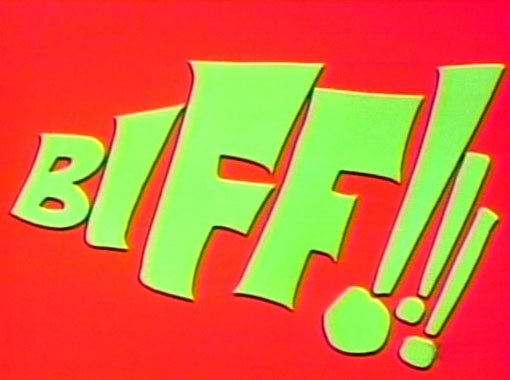
Hello guys, Kaydirt here taking over for Someguy for what I hope to be a successful process of learning how to write. I don't really delve in to fictional works much, but I do work heavily with non-fiction writing and I can help you really score high on those pesky college entry exams, resumés and anything in between.
The first step and possibly the hardest thing to do in writing is to start writing. It's hard to capture the attention of the average reader. If you don't take the time to really capture their attention within the first few words of your work, then consider it toast.. Your intro says a lot about your style of writing and how your paper is going to turn out.
So let's see some examples of bad introductions.
In this essay I will discuss...
No. Don't do that. Never open a paper with what you're going to talk about. It 's like starting a car and already going 50 miles (km's) per hour. Give the reader a chance to accelerate into your story.
Did you know that....?
Don't ask the reader a question if they knew something about your topic before hand. Assume they are the most brain dead of brain dead monkeys and they don't know squat about your subject. While questions are generally good ways to start papers, don't ask ones that patronize the reader.
A lot of people..... [or the more popular] In today's society.....
You are not the spokesman for the world nor are you the trumpet for the qualms of S
So now we know what NOT to do, let's focus on things that good intros do.
A good intro is:
- Short
- Uses Active Verbs
- Expresses a point
- Engages the reader
Let's take these bit by bit.
Short- If your intro goes too long, then the reader starts to lose interest. Having too much background information can mire down the message you're trying to send. Don't worry about being flowery in your intro. Spit out what you're trying to say.
Uses Active verbs- Many people confuse good language with writing active sentences..
Here's an example:
Active:
I love you.
Passive:
You are loved by me.
The difference here is that it took me five words to get my point across in what it could be said in three words. When you use passive verbs and sentence structure, it adds to length and doesn't engage the reader's attention. It takes longer to read and can make your intro look humdrum.
Expresses a Point- I feel this is rather obvious, but it is often missed in most introductions. Make sure to tell people what or who you're talking about. In the first couple of words or so, but definitely put it in the first few sentences. If no one knows what you're talking about, then it's hard to discern where the logic train took off from. You'll get points for your point of view, but if no one knows what your point of view is expressing, then your ramblings fell on deaf ears (or blind eyes). You would think this is obvious when you write the intro. It's not. Don't tenderfoot around what you're trying to say. Just say "I hate Obama and this is why his presidency is doomed to fail..." Then your reader will know where you are going.
Engages the reader- This is actually rather tricky, because you have to consider a few things about your reader.
1. What kind of audience you're writing for.
2. What your subject matter is.
Those can shape how you capture attention.
Good ways to capture attention are:
- Rhetorical Questions- questions that answer themselves
- Small Anecdotes (if the topic is personal)- Personal stories about your topic
- Short sentences- Really capture attention well. Makes it easier to read , also.
- Parallel structures- Repeated the same setence structure over and over, to emphasize something.
I'll give you an example.
It's not about Jahmar Young. It's not about NMSU basketball. It's not about getting a degree. It's not about playing basketball in the NBA. It's about caring for his young daughter Jahmya.
Now I used two things that I had mentioned above. I used short sentences, which keeps the reader in the grip of things. I also used parallel structures and repeated the same phrase "It's not about" to emphasize my point.
Now look at what the intro covers. You know who I'm taking about, and you know my stance. It's short and it's to the point. It engages my reader. The verbs are active.
So good job for me.
Intro writing is actually the hardest part of any non-fiction and even fictional works. But if you engage the reader from the get-go, the rest of the paper should flow like water to you.
Hopefully that helps you. Check back on Wednesday, when I cover how to form body paragraph's in analytical essays.